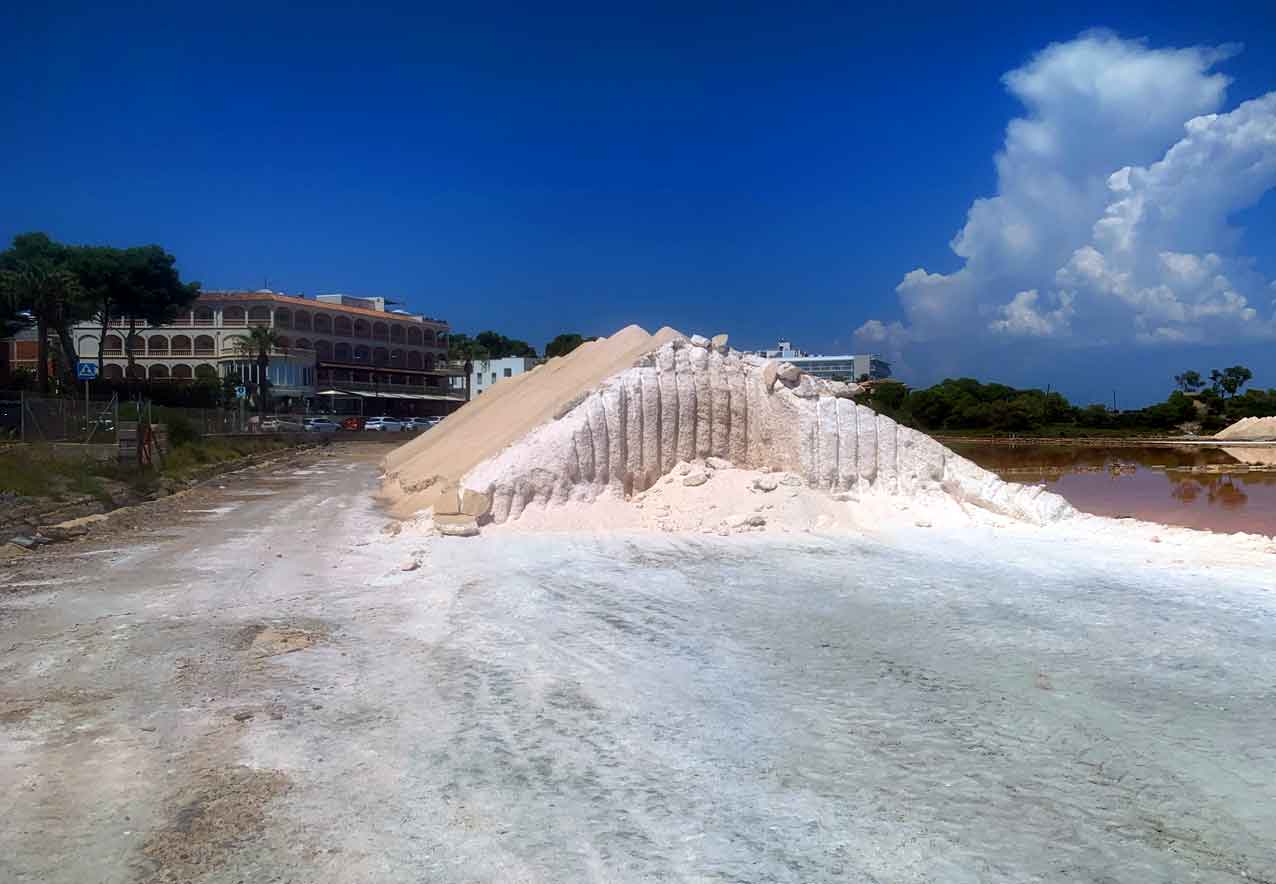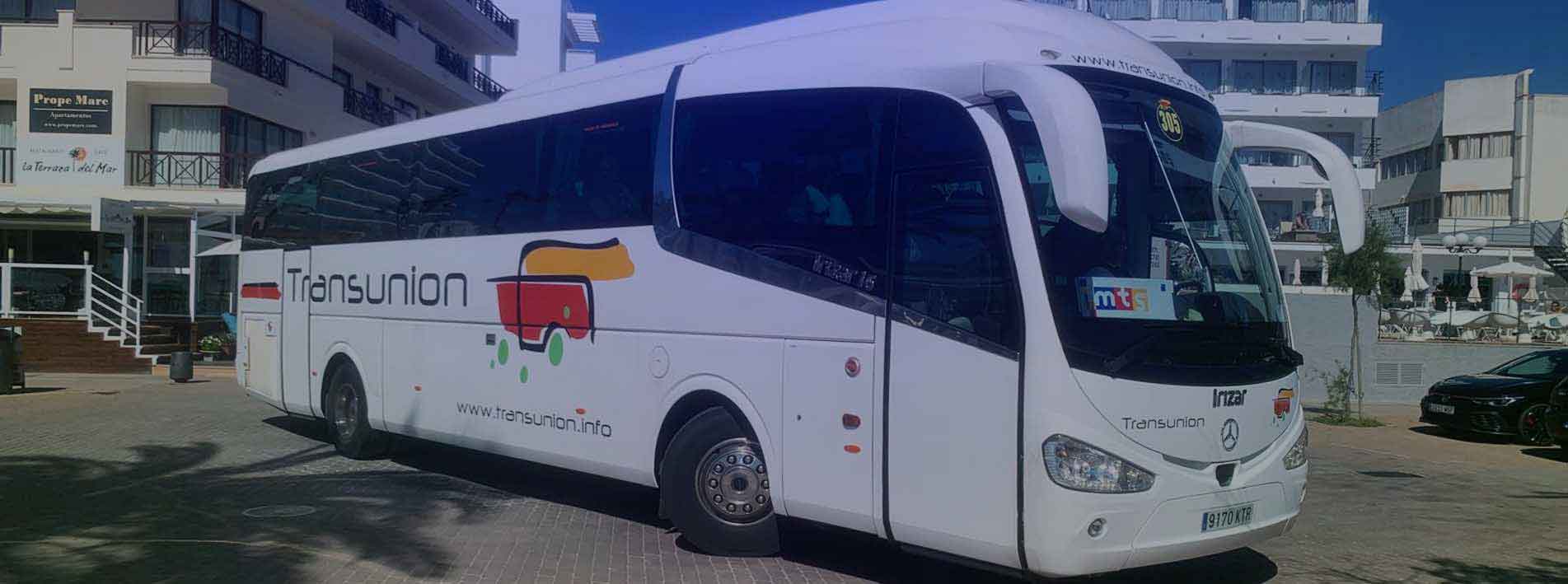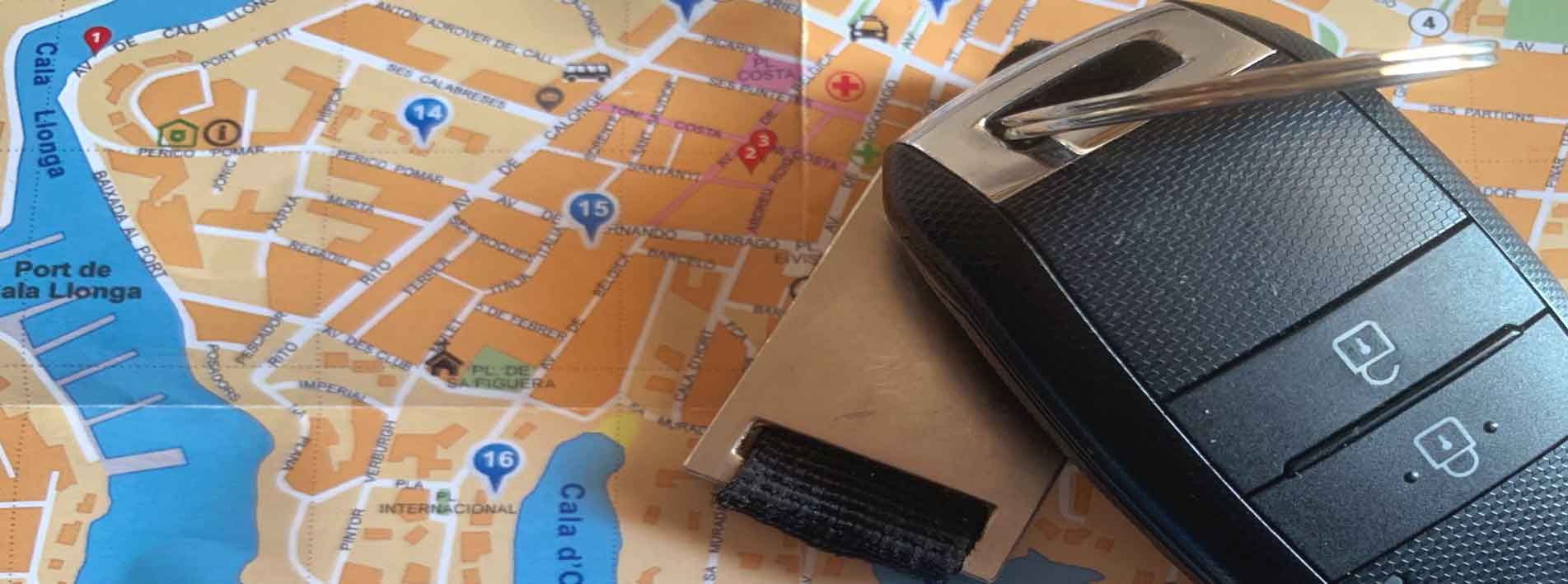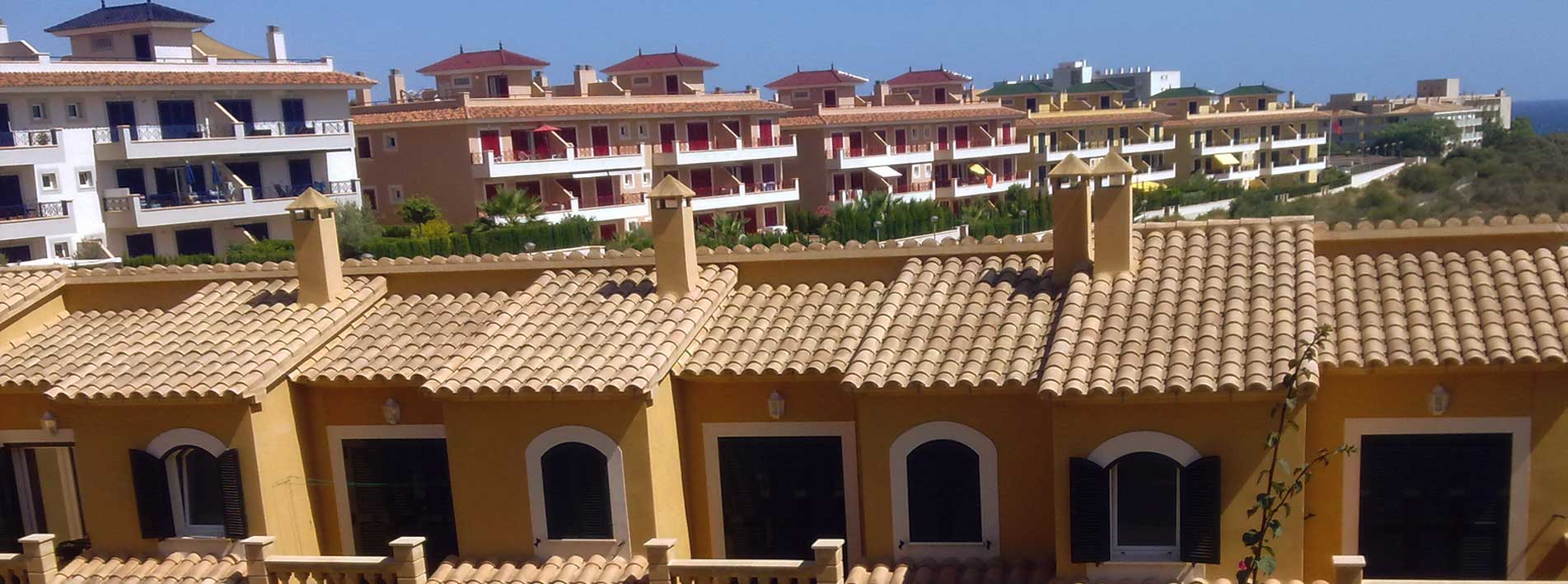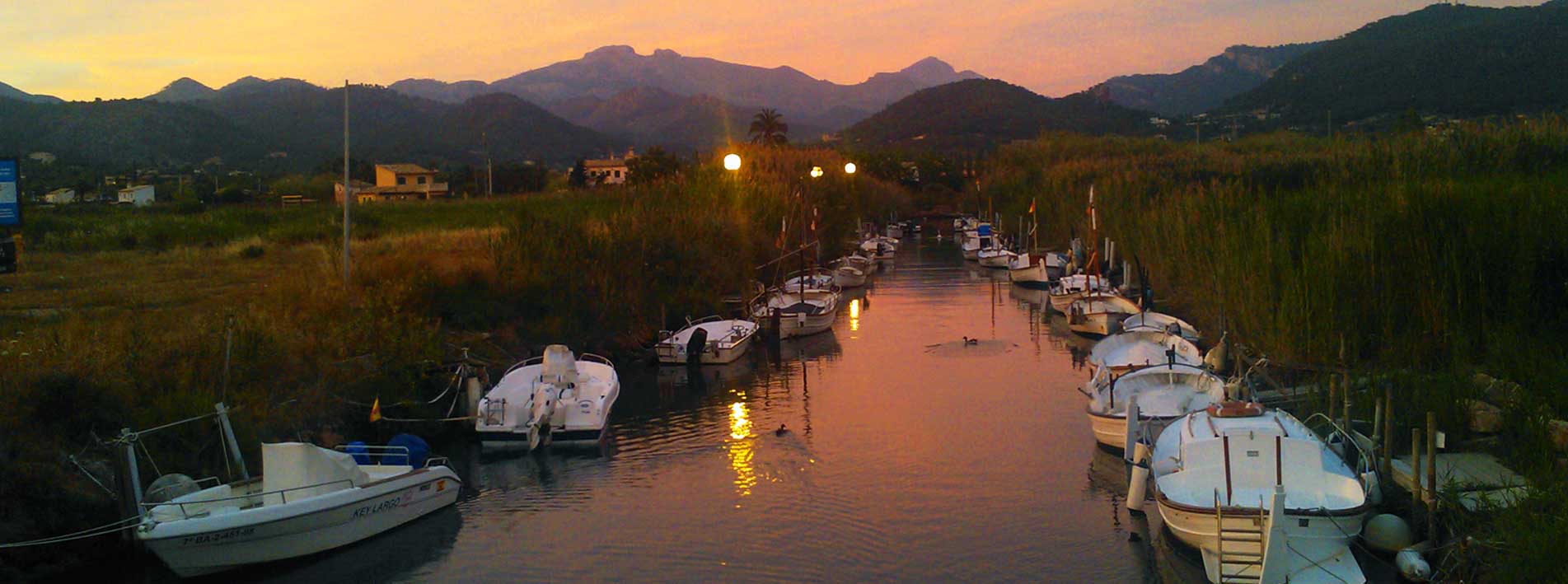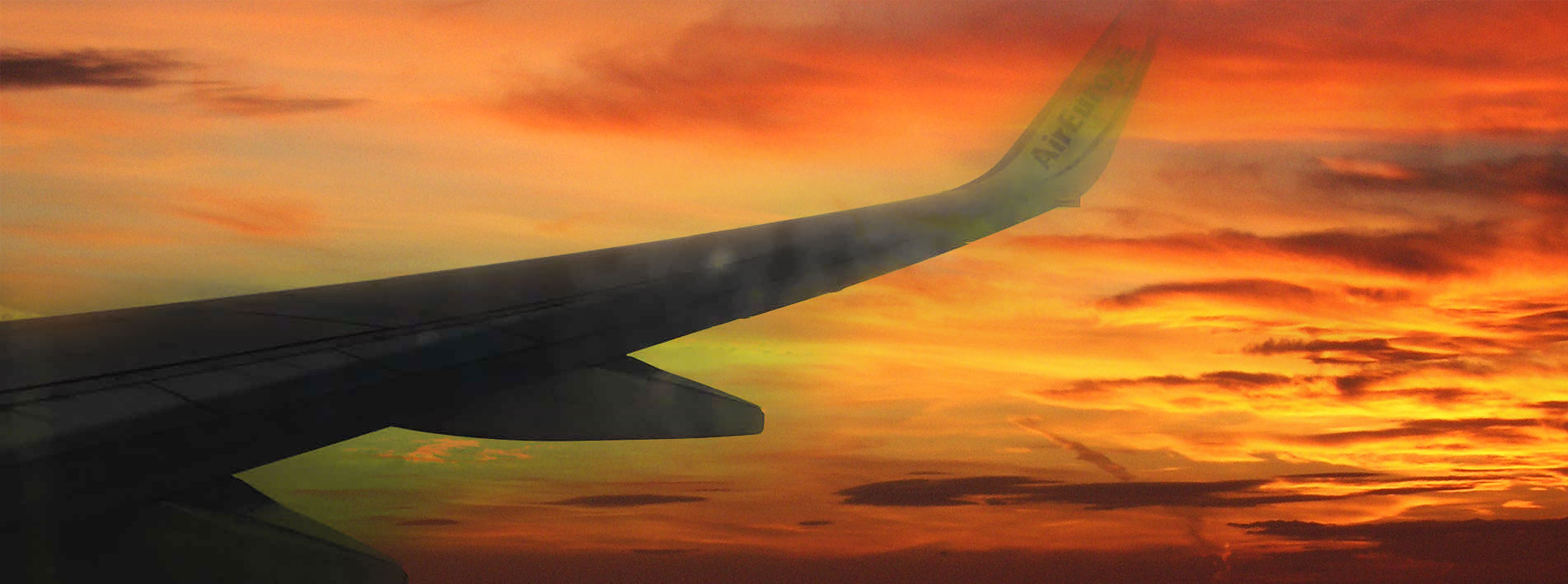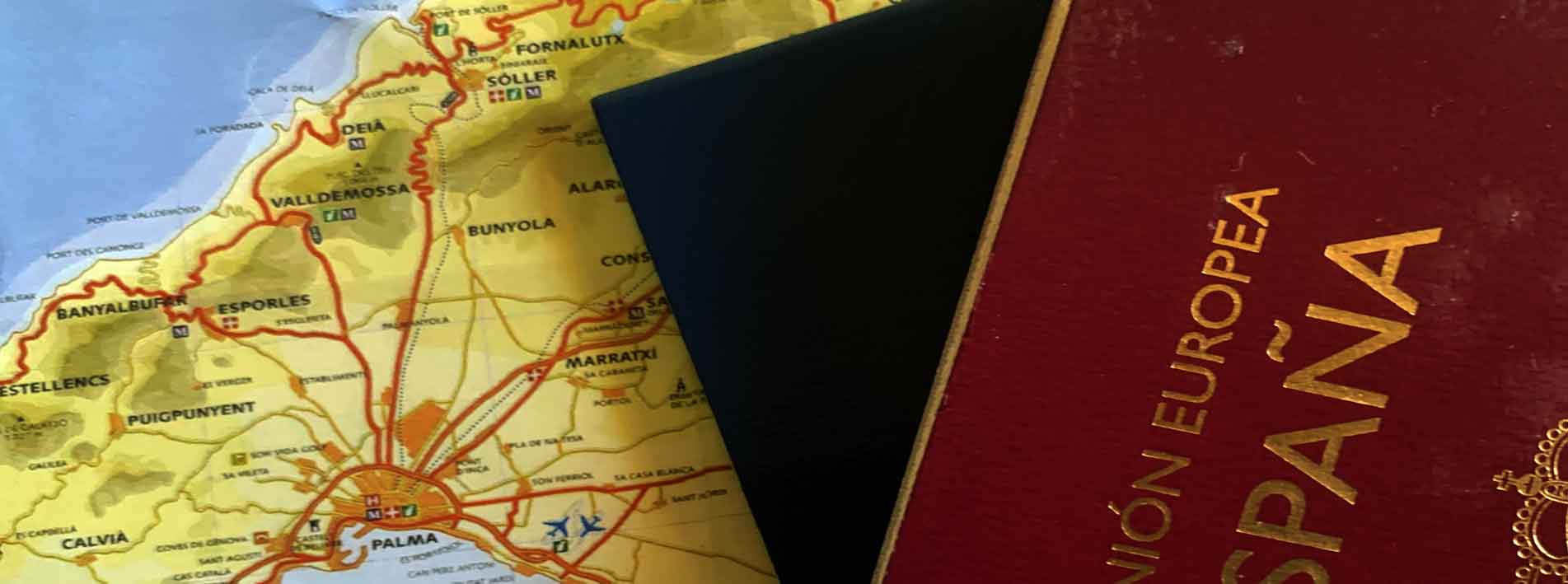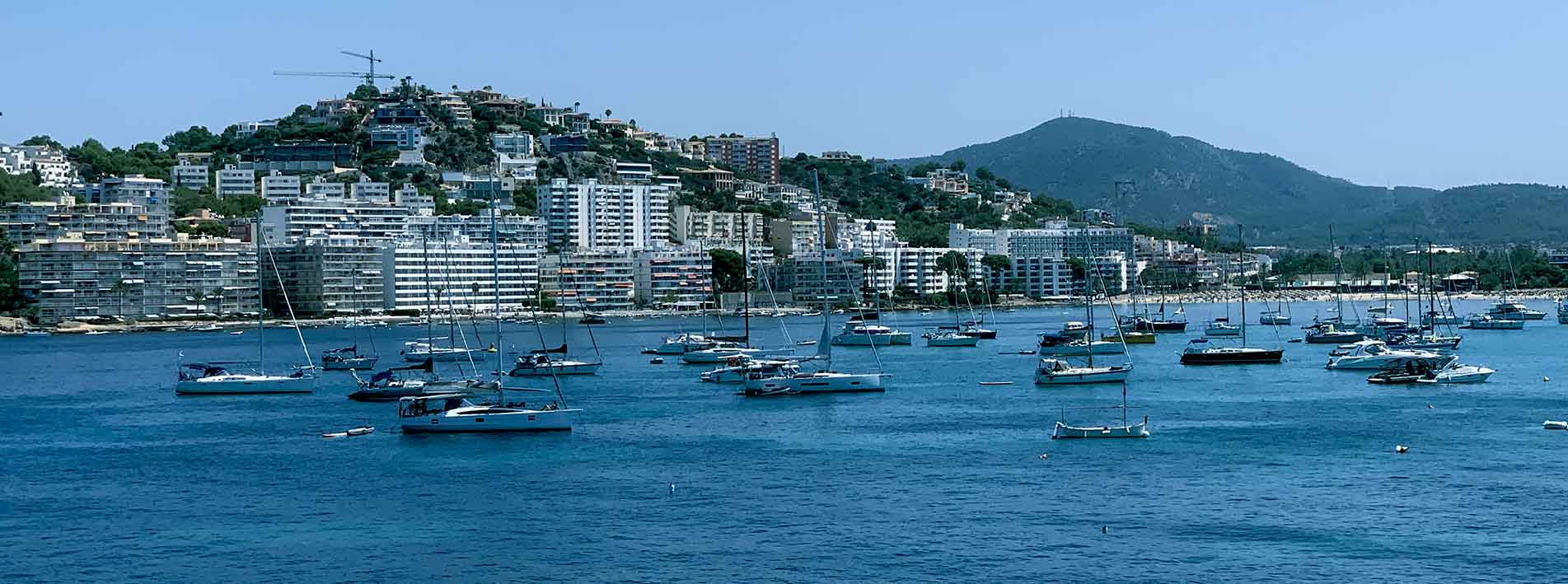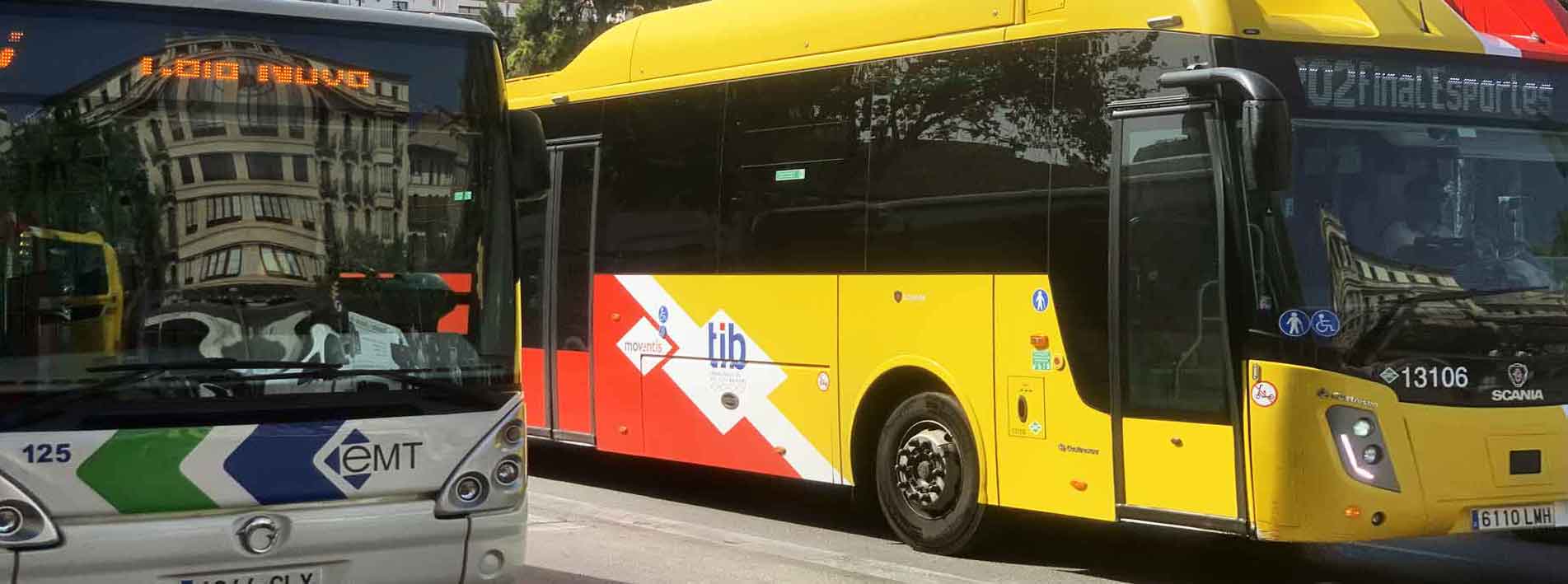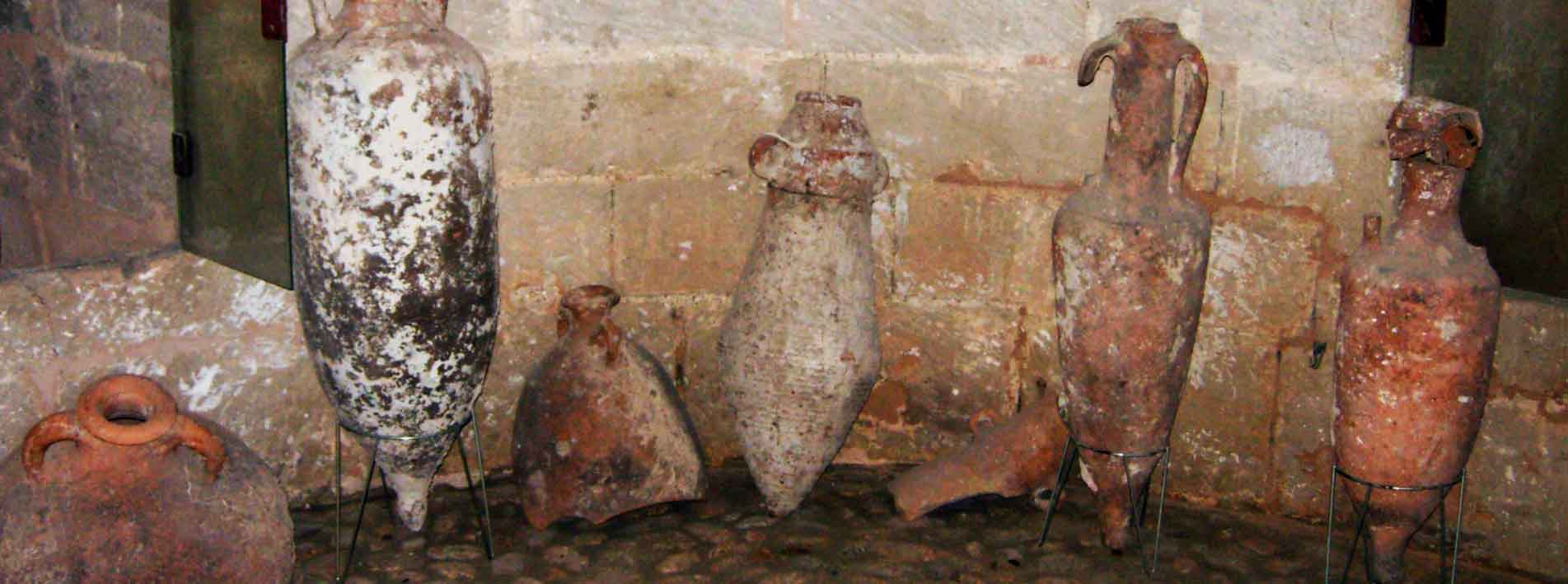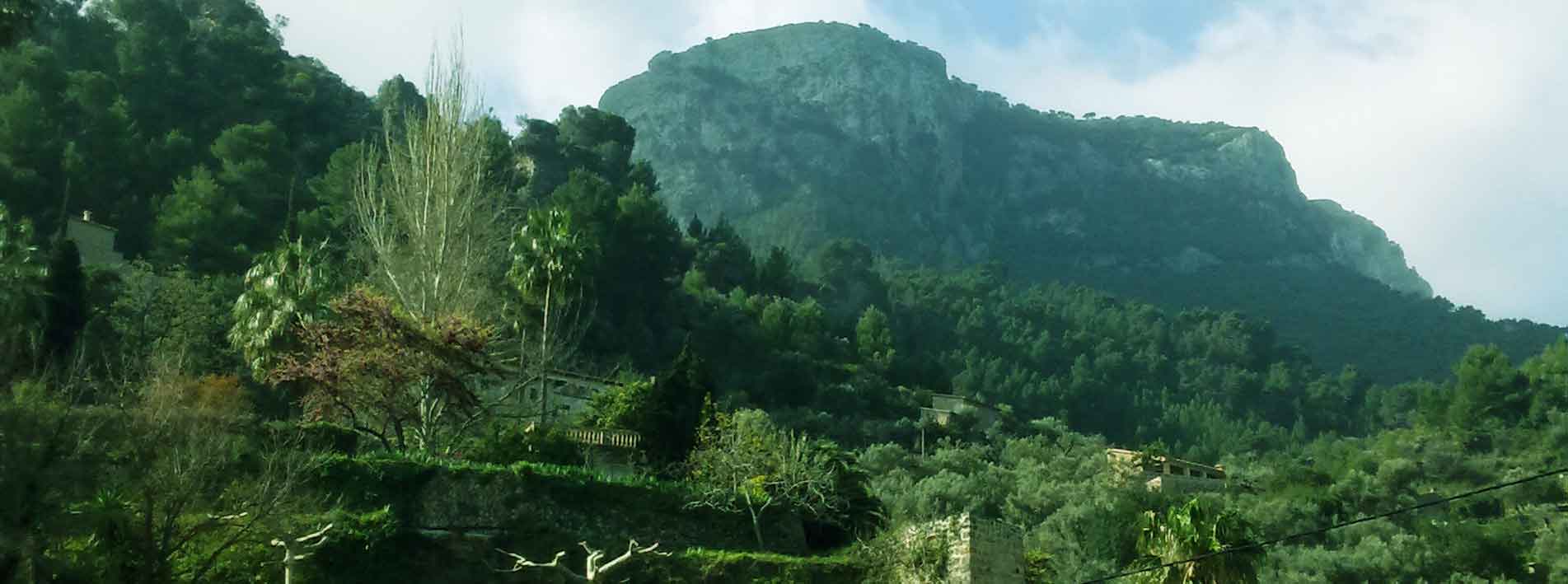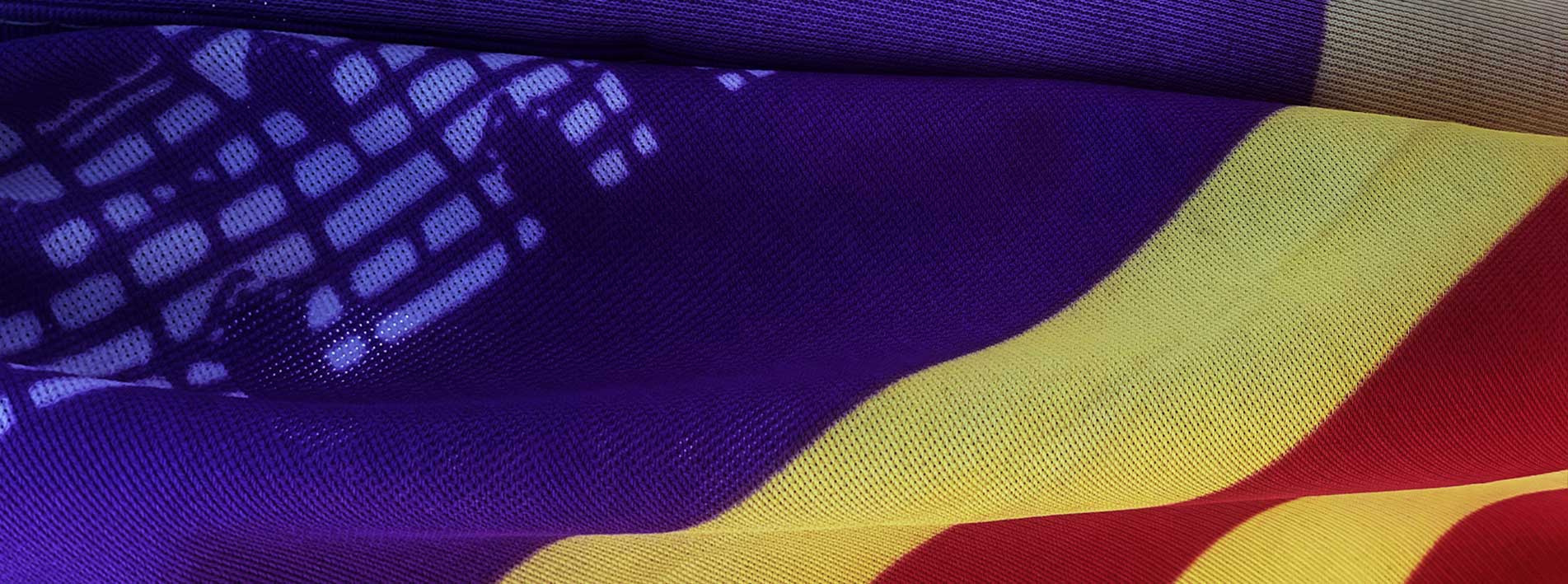Colonia de Sant Jordi
Colonia de Sant Jordi is a picturesque tourist destination and village in Mallorca, on the south coast of the municipality of Ses Salines, in the Migjorn region. It is known for its marina, its idyllic beachesand its salt flats. It is a popular destination that combines its fishing pastwith modern tourist services, offering activities such aswater sports, hiking, bird watching and access to the Cabrera archipelago.
Toponymy
The toponymy of Coloniade Sant Jordi comesfrom the salt-making activity, whose name refers to the salt flats located in the area, which have been used since ancient times by the Romans and Phoenicians. The town emerged asa small fishing port on the southeast coast of Mallorca, in the municipality of Ses Salines and is now an important tourist center.
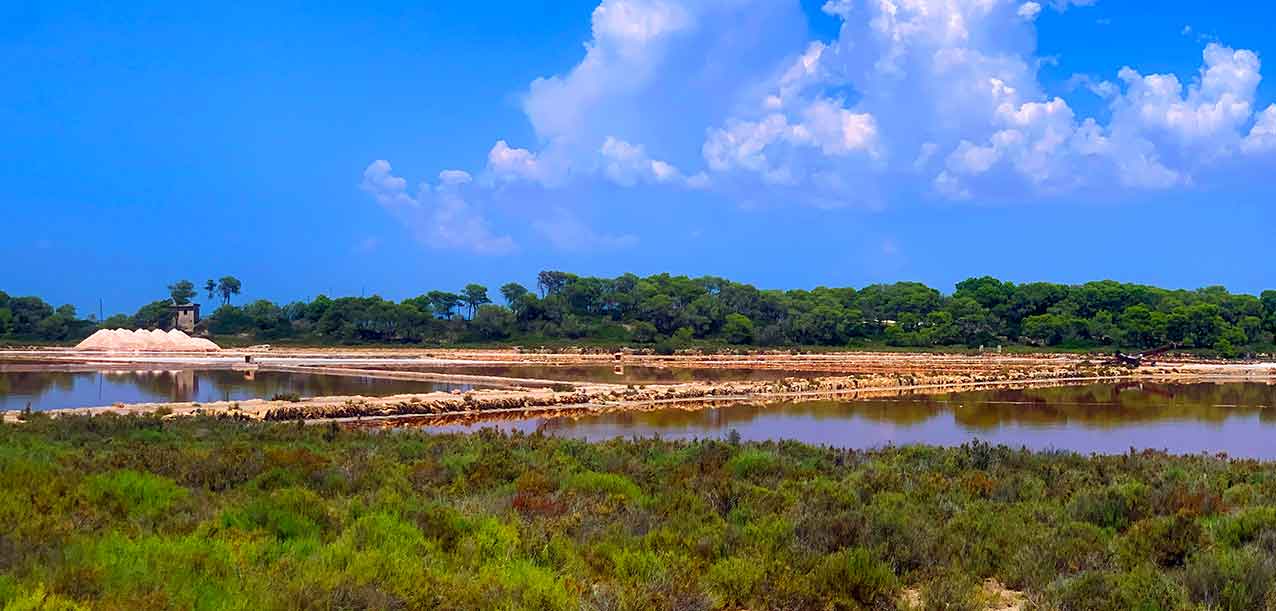 Historical summary of Colonia de Sant Jordi
Historical summary of Colonia de Sant Jordi
The history of Colonia de Sant Jordi dates back to prehistoric times, with remains from the Bronze Age and the establishment of salt flats, which were exploited by the Punics, Romans, and other civilizations. The Middle Ages in Colonia are linked to the figure of a knight who refused to persecute Christians, for which he was beheaded on April 23, 303 AD, by order of Emperor Diocletian. After his martyrdom, legends arose about his life, such as the famous story of Saint George and the dragon, which became popular in Catalonia during the Middle Ages, when he became the patron saint of the region in 1456, when he was declared the official patron saint of Catalonia.
Colonia de Sant Jordi in Modern Times focused on protecting its valuable salt flats from piracy, with the construction of the Castle of s’Estany in the 15th century and the Defense Tower of s’Acall in the 14th century, both testimonies to the strategic importance of the place after Arab rule and pirate raids.
After the Modern Age, the importance of the salt flats continued, and salt extraction continues to this day. The town developed as a fishing and agricultural center, which today has been transformed into a prominent tourist destination. Initially, the town was consolidated at the end of the 19th century with an agricultural colony promoted by the Marquis of Palmer, but its tourist development intensified significantly in the 20th century, thanksto its natural appeal and beaches.
Location and accessto Colonia de San Llordi
Colonia de Sant Jordi islocated at the southern tip of Mallorca, in the municipality of Ses Salines. To get there, you can go by car, taking the Ma-19 from Palma and then the Ma-6040 towards Campos, or by public transport, using bus lines from Palma Intermodal Station. The rental car option is the most flexible andrecommended, especially if you want to explore the surrounding area.
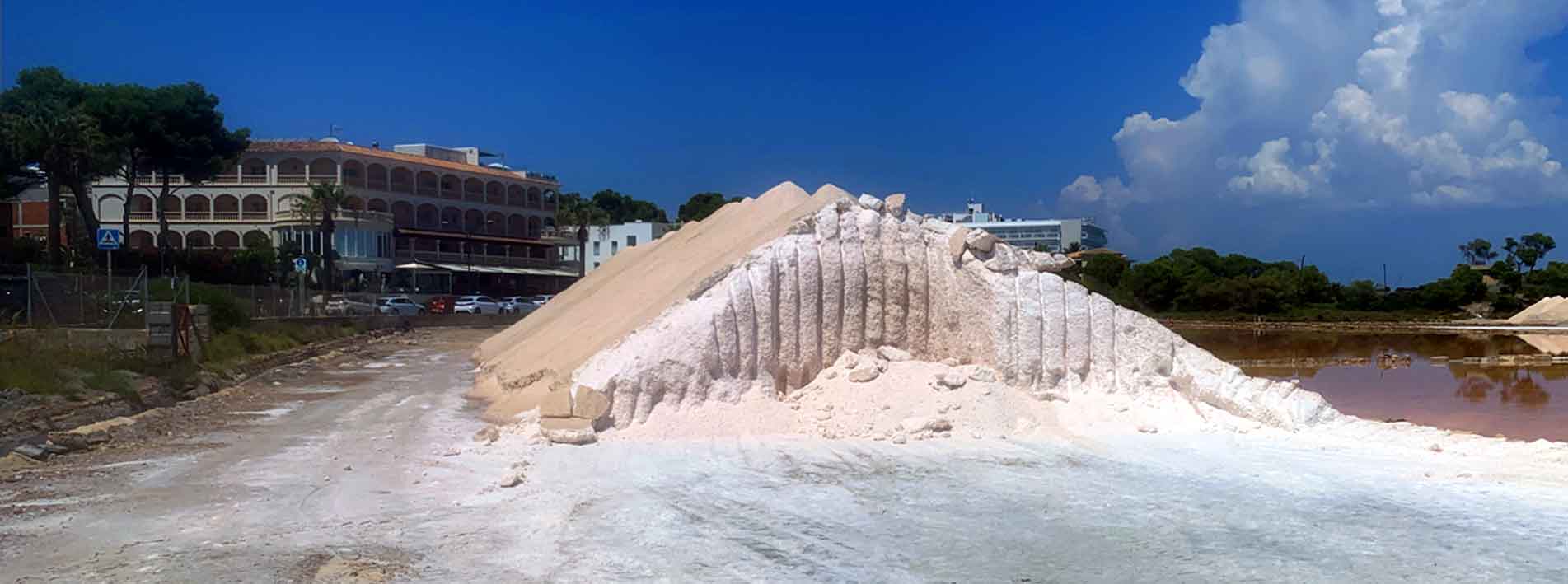 Accessing Colonia de San Llordi by car
Accessing Colonia de San Llordi by car
From Palma: Takethe Ma-19 motorway towards Campos/Santanyí.
Other routes: You canget there via Campos on the Ma-6040 road or from Santanyí on theMa-6100.
Duration: Thejourney from Palma airport takes approximately 40-45 minutes.
Getting there by public transport
Bus: There are bus lines connecting Palma with Colonia de Sant Jordi.
Example route: Take line 501 from the Intermodal Station inPalma to Campos, then change to line 517 to reach Colonia de Sant Jordi.
Frequency: Schedules may be more limited outside of summer.
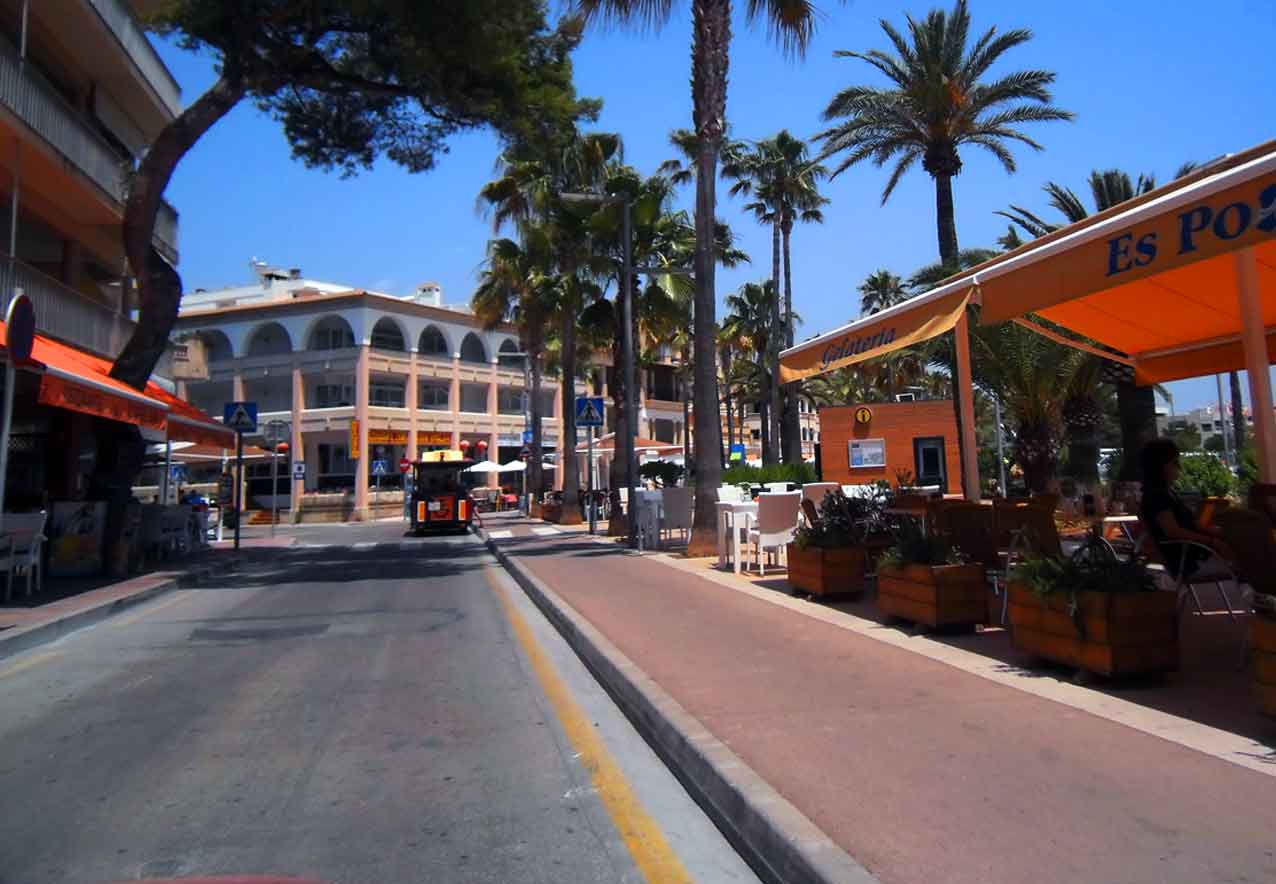 Important notes on accessto Colonia de San Llordi
Important notes on accessto Colonia de San Llordi
Onceat your destination, the center of Colonia de Sant Jordi is compact and can beeasily explored on foot. Having a car makes it easier tovisit more distant beaches or take trips to nearby towns.
Places of interest in Colonia de Sant Jordi
Colonia de Sant Jordi is an important town in Mallorca and a popular tourist destination that combines an old fishing port with an important history linked to the oldest salt flats in the Mediterranean, dating back to the 4th century BC. The area offers white sandy beaches such as Es Trenc and Es Dolç, and boasts natural monuments and important archaeological sites. It is a center for traditional salt extraction, and its port is the starting point for visiting the Cabrera Archipelago Maritime-Terrestrial National Park.
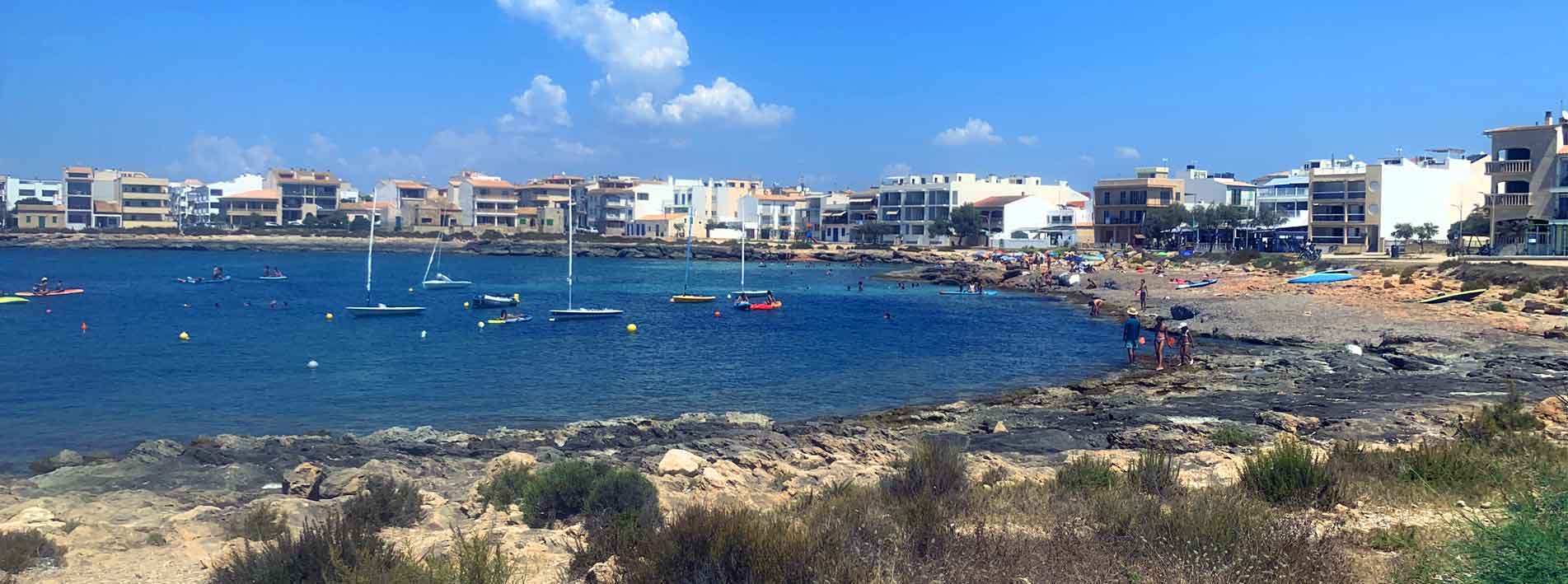 Activities in Colonia de Sant Jordi: Beaches and nature
Activities in Colonia de Sant Jordi: Beaches and nature
Beaches: Es Trenc, Es Carbó, and Es Dolç are some of the most popular beaches due to their beauty and crystal clear waters.
Cabrera Archipelago: This is the closest starting point for visiting this marine national park.
Salt flats: Near the town are the oldest salt flats in the world (4th century BC), where salt is still extracted using traditional methods.
Marina: Boats depart from the port to the Cabrera Archipelago Maritime-Terrestrial National Park, to which Colonia is the closest area.
Sant Joan de la Font Santa Spa: This spa, which houses the only natural hot springs on the island, is located a short distance away.
Activitiesin Colonia de Sant Jordi: Heritage
Monuments: There are remains ofprehistoric settlements such as talayots (megalithic monuments), as well ashistoric buildings and monuments, such as the fortified tower of S’Estany.
Cabrera Interpretation Center: Thiscenter offers information on the history of the island of Cabrera and hasan aquarium with local marine species.
 Activities in Colonia de Sant Jordi
Activities in Colonia de Sant Jordi
Water sports: In the port, you can rent boats and go snorkeling, among otheractivities.
Hiking and walking: There areroutes to enjoy nature, such as the walk to Es Carbó beach, idealfor those who enjoy coastal walks.
Bird watching andcycling: The area is a good place for these activities.
Mainattractions: History and culture
Origin: The village has traces of settlements from the Bronze Age.
Historic buildings: Notable monuments include the fortified building ofS’Estany and the S’Avall watchtower.
Festivals: The Sant Jordi festivities are held in April, withconcerts, exhibitions, and markets.
Events: There isa local produce market on Wednesdays and patron saint festivities inhonor of Sant Jordi (April 23).
And that’s it for this brief guide to Colonia de Sant Jordi, Mallorca. We hope it helps.
By the way: Are you coming to Mallorca on a tourist trip? If you find it helpful, you can also check out our travel guide to Mallorca and more tourist information about the island

